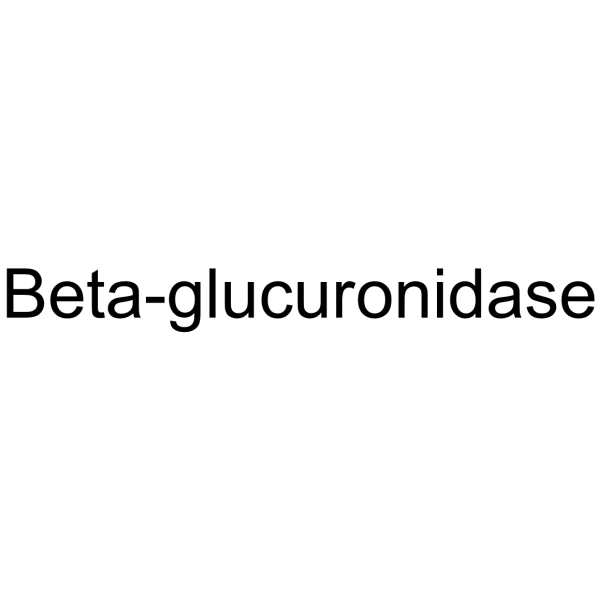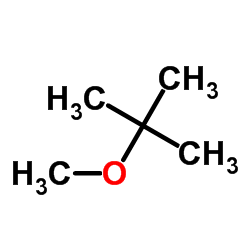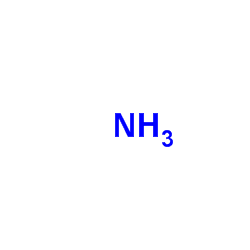| 结构式 | 名称/CAS号 | 全部文献 |
|---|---|---|
 |
氢氧化钠
CAS:1310-73-2 |
|
 |
甲醇
CAS:67-56-1 |
|
 |
氨水
CAS:1336-21-6 |
|
 |
3-乙基-2,4-戊烷二酮
CAS:1540-34-7 |
|
 |
BETA-葡萄糖醛酸甙酶
CAS:9001-45-0 |
|
 |
柠檬酸
CAS:77-92-9 |
|
 |
甲基叔丁基醚
CAS:1634-04-4 |
|
 |
氨
CAS:7664-41-7 |
|
 |
AMMONIA (14N)
CAS:1026405-88-8 |
|
 |
丁卡因碱
CAS:5094-24-6 |